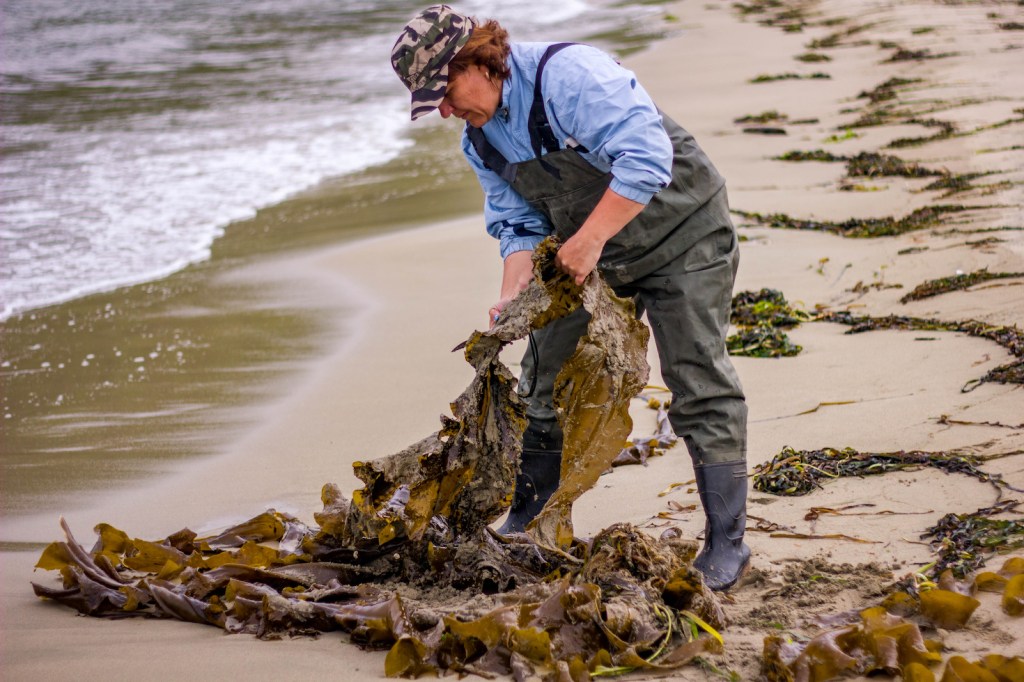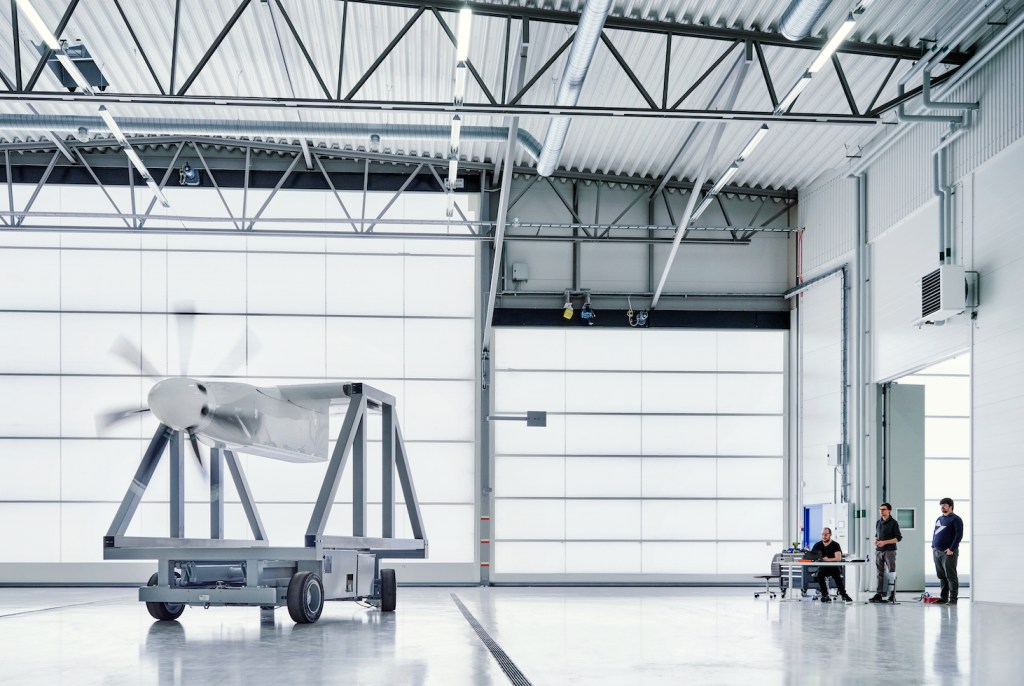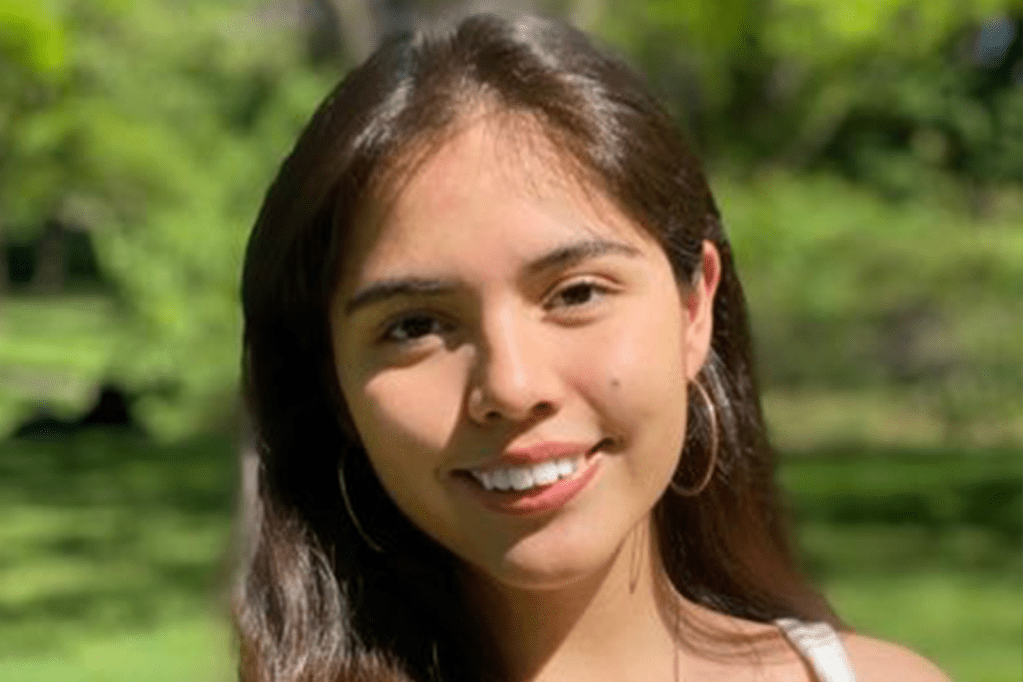VERGE 21
These are the strategies behind China’s ambitious clean energy transition
The country leads the world in terms of total wind and solar energy installed and is poised to be the primary supplier of the clean economy. Read More
How to engage with frontline communities to deliver climate solutions at scale
Authentic listening and engagement, community buy-in and elevating marginalized voices are crucial approaches to deploying any new clean energy or technology project. Read More
Episode 291: The economics of climate tech, Microsoft's new emissions accounting app
Tune in for highlights from the mainstage of VERGE 21. Read More
The five food startups shining at VERGE 21
During a pitch contest at GreenBiz's VERGE 21 conference, startups focusing on food waste and alternative proteins took center stage. Read More
Investor Chris Sacca: ‘Sheer economics’ driving climate tech frenzy
We’ve officially topped $30 billion in climate tech investments this year, and there's still a quarter to go. Read More
Navigating the emotional rollercoaster of climate change
A conversation with Dr. Renee Lertzman, climate psychologist, researcher and strategist. Read More
Circular materials startup Made of Air raises seed round
The German company, which won the Accelerate contest at Circularity 21, is developing a process that turns wood waste into thermoplastics. Read More
Voting rights advocate Jerome Foster is raising youth climate awareness
In 2017, Foster created his second entrepreneurial venture in digital media, The Climate Reporter, a collection of international youth writing about climate change, global warming and environmental justice, Read More
Indigenous youth leader Xiye Bastida invites everyone to share their gifts
Xiye Bastida doesn't necessarily want support for youth as much as wants support for the overall climate movement. Read More
What Gro Intelligence’s food security models can tell us about climate risk
Gro Intelligence is a useful platform for food and beverage companies to better understand the sustainability of the global food supply. But it also is being used by organizations trying to better understand broader climate risks. Read More









